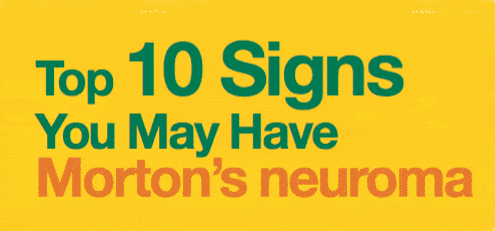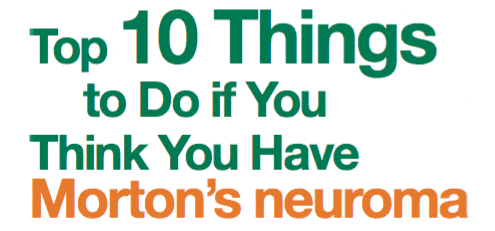For treating Morton’s neuroma, the injection of a Corticosteroid can help most people become pain free in a short amount of time. This effect usually only lasts a few weeks. Many practitioners believe that corticosteroid injections should not be used as an initial treatment because of the risks involved (see below) and should only be used in specific circumstances for short term relief or if there are other extenuating circumstances.

As a matter of routine policy, we do not use corticosteroid injections as a regular treatment and only use them in certain cases. See Risks of Corticosteroid Injections below. We believe that ultrasound guided ablation procedures are the most effective treatment for a Morton’s neuroma.
In most cases corticosteroid injections provide temporary relief, lasting up to a few weeks. In a small number of cases the relief provided by corticosteroids may be longer lasting. Most patients, however, who are treated with conservative measures end up coming back for further treatment with more aggressive measures.
Corticosteroids are actually a naturally occurring substance in the body. They are primarily important in decreasing inflammation and swelling in an area, and this decreases the amount of pain. By injecting the medication directly into the web space with the Morton’s neuroma, especially under ultrasound guidance, the powerful action of this medication is directed right to the problem tissue.
Although side effects are unlikely to occur with one injection, they can occur, and this should be taken into consideration when opting for the treatment. You may experience weakening of the muscles and ligaments surrounding the injection site leading to pain and instability. The fat pad in the ball of the foot may also atrophy, or shrink, causing a small indentation in the tissue and even greater long term pain. In addition, the pigment of the skin can lighten, but this is rare and usually happens only in darker skinned patients. For this reason, it is important to find a doctor who is skilled in treating Morton’s neuroma with corticosteroid injections. The use of ultrasound guidance also increases the accuracy of the injection and decreases the likelihood of complications. If the needle is misplaced, side effects are more likely to occur.
In addition to corticosteroids, a local anesthetic pain medication, such as lidocaine, is often injected into the tissue at the same time which should quickly alleviate the pain and reconfirm the diagnosis of Morton’s Neuroma. Other side effects include transient numbness in the toes and pain at the injection site.
Corticosteroid injections should preferably be done under ultrasound guidance by an experienced clinician. After the injection, if the pain has lessened and this partial relief is maintained, another injection can be attempted after 4 – 6 weeks. A second injection should not be attempted if no relief was achieved from the first injection.
Due to the risk of complications, it is not recommended that a patient receive more than three injections in the same spot over a six month period. If these injections do not help, then more aggressive treatment such as an ultrasound guided ablation is usually the next step.
Corticosteroid injections may be supplemented with other conservative treatments including physical therapy, appropriate shoes with wide toe boxes, and orthotics. See here for more information on conservative treatments.
If corticosteroid injections are not successful, you should consider an ultrasound guided ablation for your Morton’s neuroma.


By providing us with your information you are consenting to the collection and use of your information in accordance with our Terms of Service and Privacy Policy.